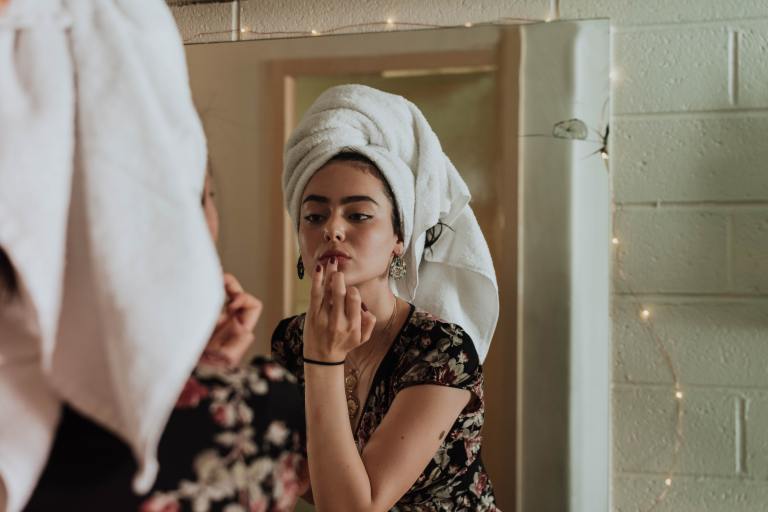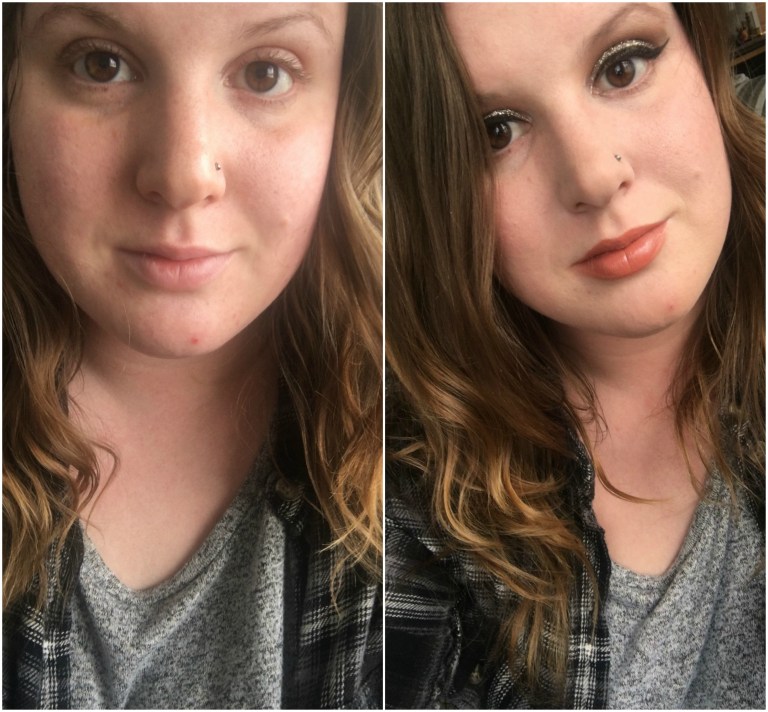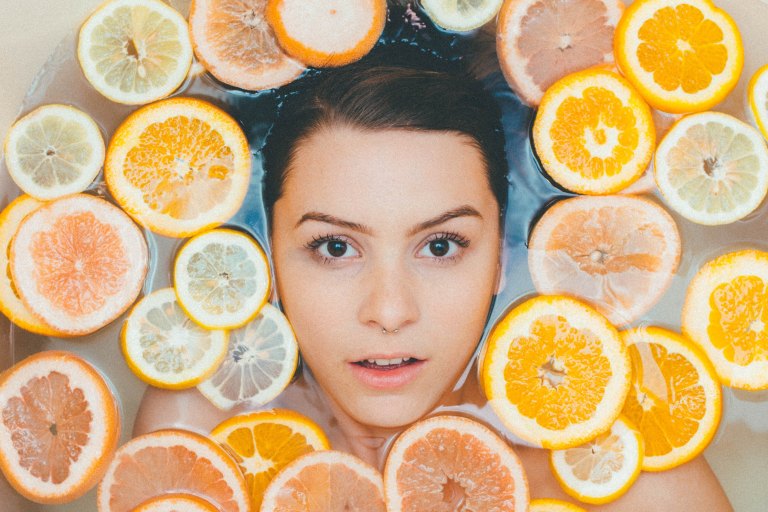8 Scientific Explanations For How The Products You Use Every Day Actually Work

This is a mix of products that both men and women use for the most part. We know what they’re supposed to do but do we really know how they do it?
1. Moisturizers
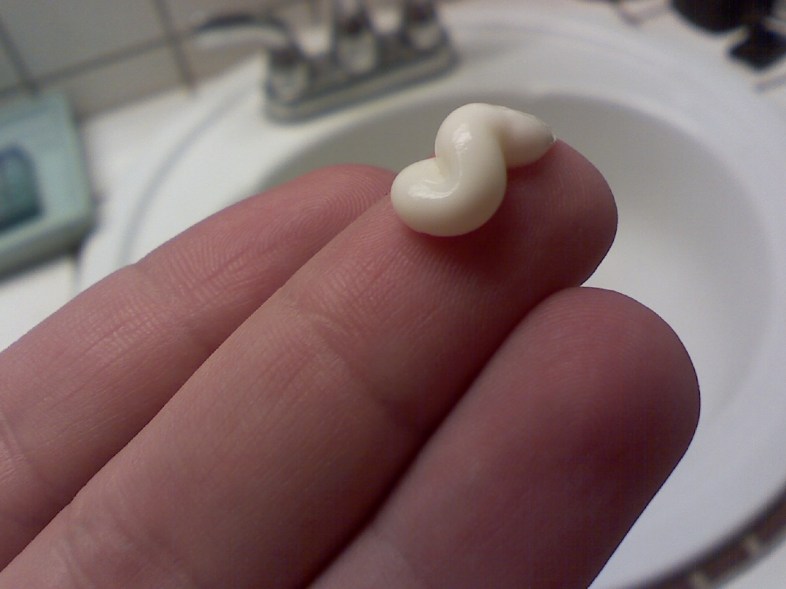
You may have an idea that the moisturizer you use every day somehow adds moisture to your skin. I mean, lotions are marketed as moisturizers so why would you believe otherwise? Well, they don’t. Moisturizing lotions absolutely do not add any moisture to your skin whatsoever because your skin isn’t permeable in that way. You can’t just smear a moist substance on your skin and watch as it “absorbs” into your skin cells. That doesn’t happen. Here’s what actually happens.
Moisturizing lotions are typically made up of four kinds of agents:
- Humectants are designed to pull moisture from the air and from the lower layers of your skin up into the top layer that you can actually see.
- Occlusives are designed to form a barrier on your skin which will slow down the amount of water your skin loses to evaporation (think lotion that feels greasy).
- Emollients are designed to simply smooth dry skin so that it won’t stand out and look dry, kind of like make up.
- Rejuvinators are typically made up of collagen or keratin, proteins that basically serve the same function as emollients.
Of all of these ingredients, the Occlusive agents are the most important because they slow down water loss. Common Occlusive agents are waxes, oils, silicones, and petrolatum (petroleum jelly). Petroleum Jelly can prevent as much as 99% of water loss from the skin.
Both Olive Oil, Jojoba Oil, Nigella Oil, and Petroleum Jelly, etc are all extremely effective Occlusives and therefore are extremely effective moisturizers all on their own. [Source]
2. Hair Spray
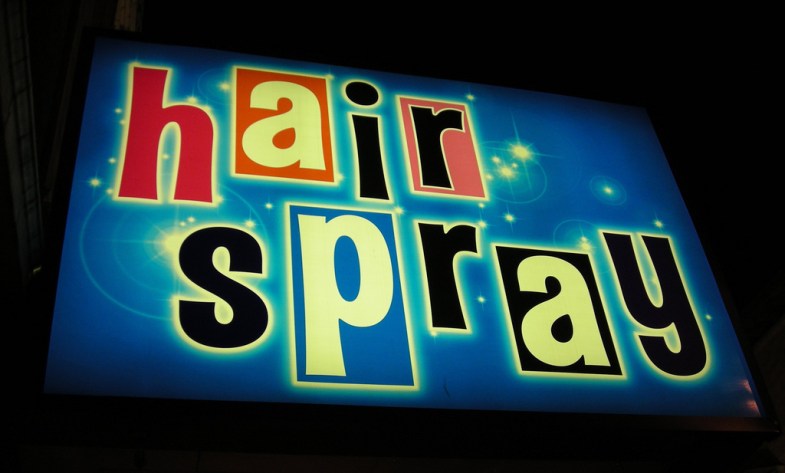
The active ingredients in hair spray are plastics which form a coating around your hairs and hold them in place. Specifically, they’re the same plastic polymers that are used to bind together plywood and that are found in wood glue, polyvinylpyrrolidone and polyvinyl acetate. Everything else in a hair spray can besides these active ingredients is designed to turn these polymers into an aerosol so you can then spray this plastic onto your head. [Source]
3. Lipstick
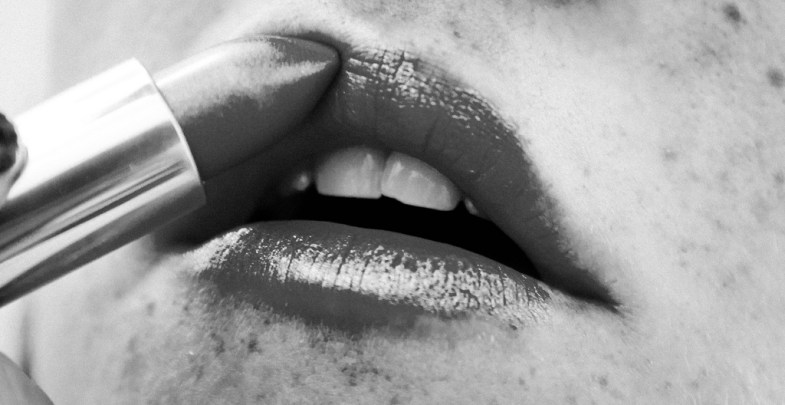
Lipstick is made from wax which is why it doesn’t run and easily stays in place (provided it isn’t smeared). Both beeswax and carnauba was (from palm trees) are used in lipstick. Half of the lipsticks sold in the U.S. also contain pig fat or castor oil to give the waxy mix a glossy appearance otherwise it would just be matte colored. These fats also act as emollients (as above) which smooths the skin cells of the lips together. Matte lipsticks don’t contain pig fat or castor oil emollients. Oil and lanolin also get added to lipstick to function as occlusive agents (also as above).
As far as ingredients go, lipstick is basically just a moisturizer suspended in a wax (for shape and application precision) with added color. [Source]
4. Lip Balm
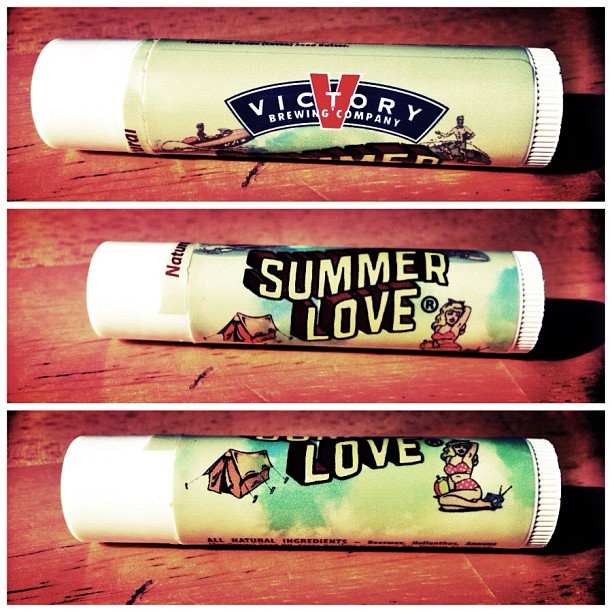
Same thing as lipstick minus the shininess and color. The sole function of lip balm is to seal the lips off from the elements inside an occluding agent that prevents water loss. The wax that lip balm is suspended in is designed to hold it in place and also makes it so the balm can be carried as a stick and not a liquid. [Source]
5. Dandruff Shampoo
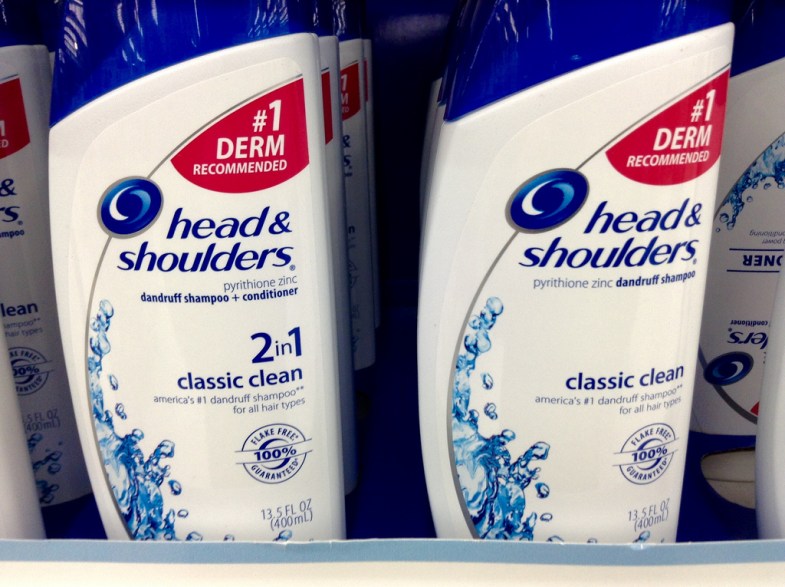
You may not know this but dandruff isn’t caused by dry skin, it’s caused by a fungi called Malassezia globosa which lives in the glands in your skin that secrete oil. Dandruff is actually caused by these fungi reproducing so quickly that skin cell reproduction is disrupted. The active ingredient in dandruff shampoos is a fungicide. Fungicides such as zinc and coal ash, among others, are added to shampoo to kill the fungus causing little white skin flakes on your clothing and making you itch.
So when you’re using dandruff shampoo you’re actually killing fungus. [Source]
6. Hair Conditioner
Like skin moisturizers, hair conditioners are designed to do three things, coat and protect the hair and fill in damaged areas of the hair (smooth it). The coating, usually made of protein polymers, also serves as a detangler, literally it makes it so your polymer coated hairs slide across one another. Acidifiers are also added to conditioners which cause the keratin in the hair to tighten making it stronger. When compared to skin moisturizer, the parallels between them and hair conditioner become pretty apparent and they work in very similar ways.
However, the main difference is that hair conditioners contain chemical Cationic Surfactants which cause proteins to bind to the keratin in your hair on a molecular level which means the damaged areas aren’t simply smoothed over, they’re literally patched up.
Yes, you could use olive oil as a hair conditioner and get almost the exact same effect, coating, protecting, detangling, although you wouldn’t have the repair aspect that Cationic Surfactants provide and which is considered to be the most important part of a conditioner. Here’s how to make a fancy one at home because why not? [Source]
7. Nail Polish
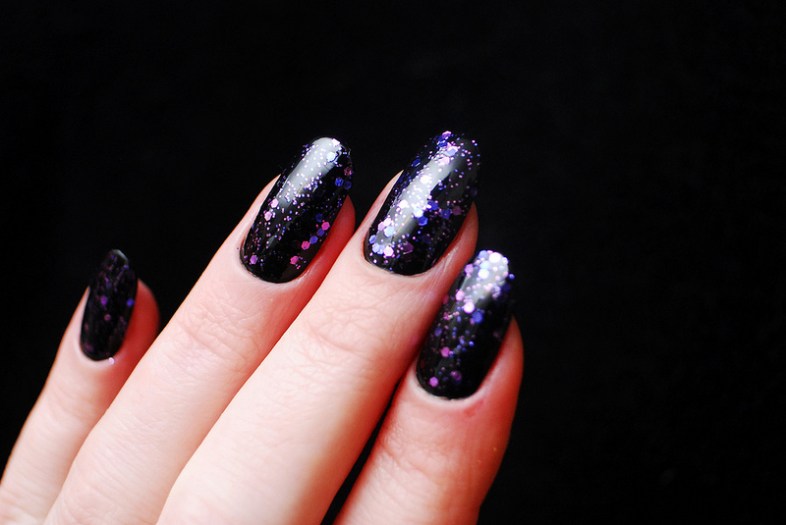
Literally all nail polish is plastic and glue. Specifically, it’s Nitrocellulose dissolved in acetate. Nitrocellulose went by another name in the past and that name is “gun cotton” which is highly explosive. As a result, it used to be used to fire guns and cannons. Nitrocellulose in nail polish is dissolved and not explosive so don’t freak out.
The way nail polish works is very simple. Once applied in a thin film, the liquid plastic then begins to harden. The stuff is super toxic though and contains phthalates proven to cause problems in the endocrine system. In LA County, nail polish is regulated as hazardous waste for the purpose of disposal. Oh yeah, it also has formaldehyde in it. [Source]
8. Tanning Products

Clearly, this one’s for the White people. The most effective and widespread tanning products work by using a sugar (yes, a sugar) known as Dihydroxyacetone or DHA. The top layer of your skin is composed almost entirely of dead skin cells and when they’re exposed to DHA it causes them to shift in color. Essentially, DHA chemically dyes your dead skin. This is why tanners only work for between 5-7 days. After that, you’ve shed that top layer of dyed and dead skin cells.
Self tanner is also terrible for your skin and has been shown to drastically increase the amount of free radicals in your body upon exposure to sunlight, far more than are produced by simply laying out in the sun. It can also cause DNA damage and interrupt the cell cycle. [Source] ![]()
